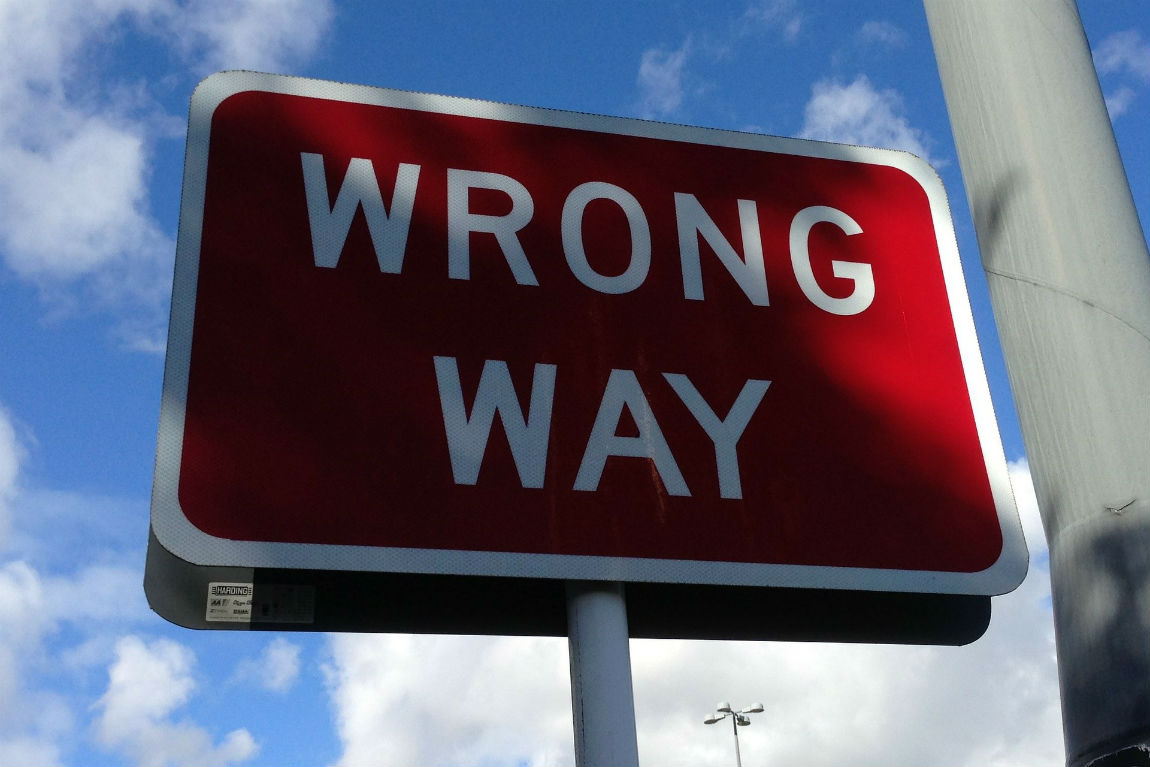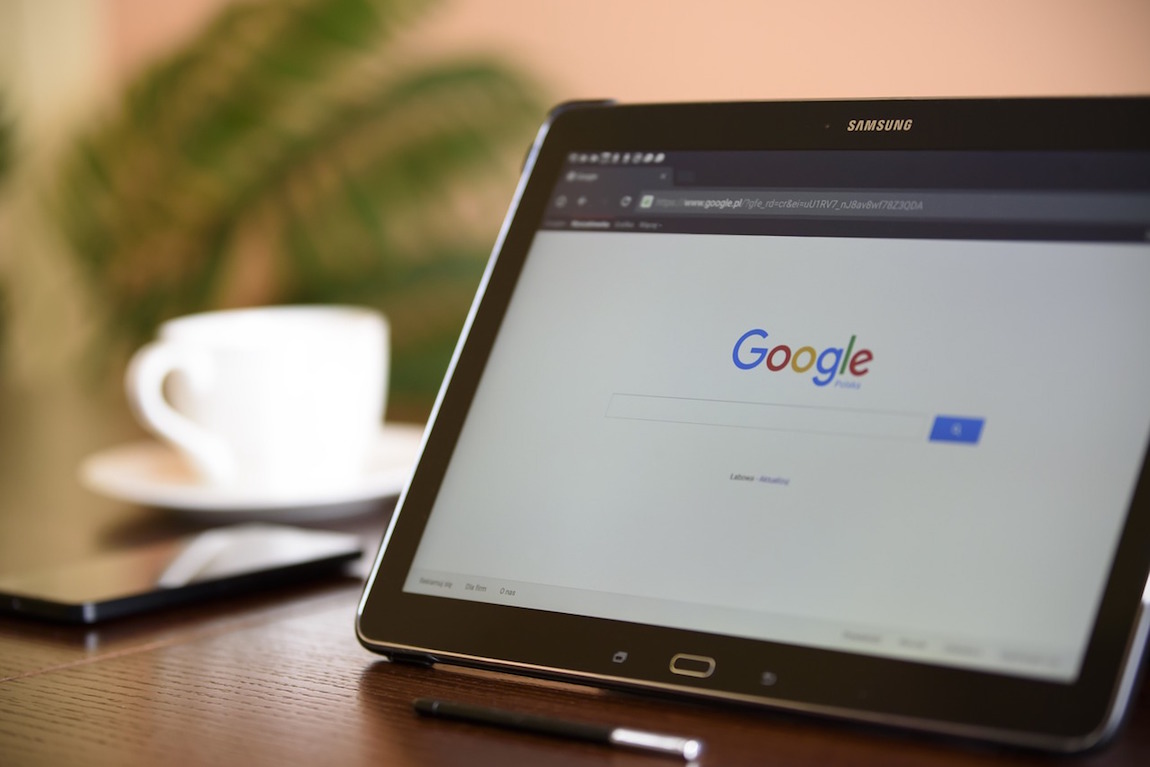What You’re Getting Wrong with B2B Paid Search
by MGB2B

Have your B2B paid search efforts hit a road block? Have your AdWords and Bing Ads campaigns plateaued and you can’t help feeling that something’s wrong? Well maybe there is! Let’s take a look at some common mistakes B2B companies make with their paid search campaigns and how you can fix them.
Ad Schedule – Showing Your Ads at the Right Times
B2B companies, more than B2C companies, should be ultra-aware of when their paid search ads are running. More importantly, you need to be sure it corresponds with when your customers will be searching for what you have to offer. A B2C company that sells, say, men’s clothing can likely see quality return while running ads at all hours of the day. But a B2B company likely only sees relevant traffic for their product during normal business week days and hours, when their customers at other companies are on the job. This will vary depending upon your market, but the idea holds true. Try running long term “Day of the week’ and “Hour of day” dimension reports. What times are you getting the most traffic and the most conversions? Armed with this info, you can adjust your ad schedule to exclude those times you’re not seeing good bang for your buck.
Keywords – Being Specific, Using Long Tail & All Match Types
Your keywords are the foundation of your B2B paid search effort. That means they can make or break your campaigns. Make sure that you’re not only focusing on the core phrases that explain your product, but also on longer, more detailed descriptions that will connect with more serious buyers.
For example, say you sell safety helmets to manufacturing companies. You’ll want to make sure you don’t just focus your keywords on basic terms like “helmet.” The term “helmet” can mean different things to different people, like “bike helmet” or “football helmet,” and can waste a significant amount of your budget on irrelevant clicks. Using more specific, long tail keywords like “yellow work safety helmet” will save you money from those irrelevant clicks and catch the customers more likely to purchase your products. And don’t just rely on broad match keywords, but also work in broad modifier, phrase, and exact match versions of your keywords to increase click through rates and save money.
Ads – Promote What Makes You Unique
The paid search landscape is a competitive place and you want to make sure you’re using your entire tool kit to bring in those coveted leads. This means knowing what sets your B2B company apart from the competition and making sure to promote this in your paid search ads. Does your company offer free shipping? Do you give discounts with bulk orders? Whatever makes your product offering seem more attractive than the other guys’ be sure to mention it in your ad text. AdWords Ad Extensions like Callouts or Sitelinks can be a great place to fit in this promotional copy without using up valuable ad space.
Testing – Finding What Works Best
One of the most common mistakes we B2B paid search advertisers make is setting up our ads and landing pages and then getting too busy with other projects to fully test their effectiveness. But testing is a monumentally important aspect of getting the most out of your efforts. Using a dedicated A/B testing tool is a sure fire way to optimize your paid search campaigns, but can become pricey. At the least you should create multiple versions of all of your ads, test different ad copy and landing pages, run them and see over time which performs better and learn why. You can run different versions of ads simultaneously and AdWords will automatically begin serving those that perform the best based on your ad settings. This can help us learn what about our ads is connecting most with our audience and optimizing our ads for that.
Re-engaging – Following Up After a Lead
Sometimes getting the lead can seem like the most important goal of a B2B paid search campaign. But of equal, if not more, importance is following up with that lead to turn them into a valued customer. Whether this translates into someone at your company manually contacting the lead or utilizing a marketing automation tool to connect with them, re-engaging after the lead is vitally important. Hopefully this re-engagement will turn the lead into a sale, or if you’re lucky, many sales down the road. But, even if it doesn’t end up converting, the process will teach you something about why they didn’t end up buying after all, and you can use this info to further optimize your campaigns in the future.
Continue ReadingB2B Monday Myth: SEM and SEO Are the Same Thing
by MGB2B
The Myth: SEM and SEO Are the Same Thing
The Truth: These Two Different Methods of Increasing Search Engine Visibility Work Hand-in-Hand
So you’ve created a great website. And you’ve filled it with pages of relevant information about your company, clean graphics, and insightful industry blog posts. You’re proud of your work; the website looks smart, and it’s relevant to your customers. Naturally, you’re going to want some eyes on this content. So what do you do next? How can your company break through all the internet clutter?
You’ve likely heard both the terms, “search engine marketing” and “search engine optimization.” The two phrases are definitely related, since they both have the same goal in mind: increasing your visibility and bringing more users to your site. But there is a common misconception that these two terms are interchangeable, which is not true at all. They typically refer to two entirely different tactics. By identifying the differences between them, you’ll be able to properly employ these two methods to your website.
What Is Search Engine Marketing?
SEM was once used primarily as an overarching term for increasing website visibility. But when people use the phrase today, they are most often referring to the practice of Paid Search. Paid Search is when you use paid advertisements that appear on search engine result pages. Google AdWords is the most popular paid search platform. It allows you to pay only when a user clicks on an ad to visit your website.
How Exactly Does Paid Search Work?
When a user is searching on a platform like Google, there are certain keywords that they are going to enter if they are looking for a specific product or service. This gives you the opportunity to place your ads alongside the organic results that pop up when your prospects type in relevant keywords. Those attractive links that come up at the very top of your search results? Those are being paid for by the people who really want you to see them.
These ads are also known by the term pay-per-click ads. They are usually small, text-based ads that drive users to specific landing pages.
What Is the Benefit of Paid Search?
Search Engine Marketing is valuable because it is a great lead generator. It gives you the opportunity to put ads right in front of users who are further into the sales funnel. These people are often ready to make a purchase. Paid Search is also highly measurable. If more prospects are coming to your site via certain keywords and not through others, you can stop paying for the keywords that don’t work and put more money into the ones that do, building efficiency over time.
What Is Search Engine Optimization?
While the important word when talking about search engine marketing is paid, the best word to describe Search Engine Optimization is organic. Simply put, it’s the free and natural way to maximize the number of visitors that come to your site. It involves writing, formatting, and fine-tuning the content of your site in a way that makes it the most user-friendly and compatible with Google searches.
What Does SEO Encompass?
Search Engine Optimization requires adjusting different elements of your site, both on the technical and creative side to improve its presence in search results. This could be anything from the language used to the way your site is structured, including how strong your keywords are and how they’re ordered. The secret? Optimize so that both users and search engines can understand easily. SEO also takes into account the way other sites link to you on the internet and how relevant a search engine deems you to be based on these connections.
SEO can be broken down into two categories: on-page activities and off-page. On-page includes elements like:
- The incorporation of keywords
- Clean and optimized blog posts and page copy
- Page load speed
- The integration of social sharing
- Titles, headings and meta descriptions
Off-page SEO includes elements like:
- Having other relevant sites link to yours
- Indications that your content is being shared on social sites
While SEO is free, you’ll likely want to hire someone or pay an outside agency with SEO expertise to help you implement these changes properly.
Which Should I Use – SEM or SEO?
Taking into account the differences between SEM and SEO, you should consider how they might help drive traffic to your website. Note that while Paid Search is the more immediate, gratifying way to boost your visibility, optimizing your website organically can be beneficial in different ways. Both require monitoring and fine-tuning to see what’s working best with your prospects.
As for the debate on which tactic is “better,” the answer is: none. Your best bet is to use a combination of the two. Talk to an expert on both topics to help you out, as you launch a Paid Search campaign and incorporate new SEO techniques into your site. Whichever you lean on more, SEM or SEO, understanding the difference between the two is already a step in the right direction. Both will ultimately help you toward your overarching goal of boosting traffic, and eventually converting prospects into new customers.
Continue Reading
